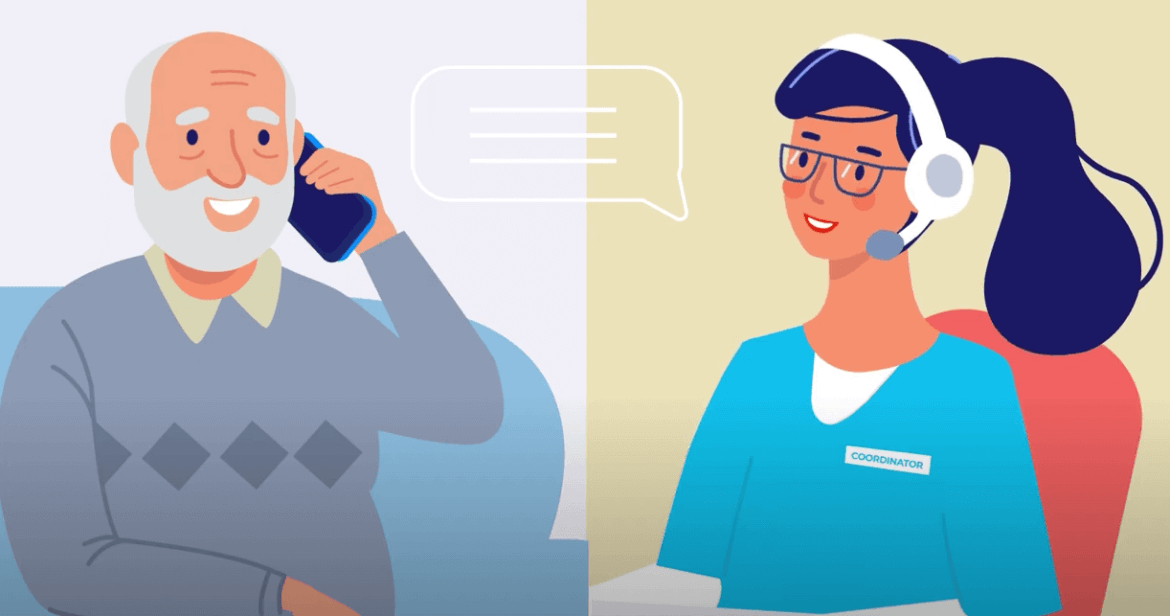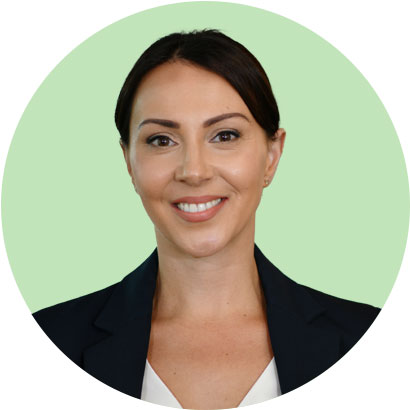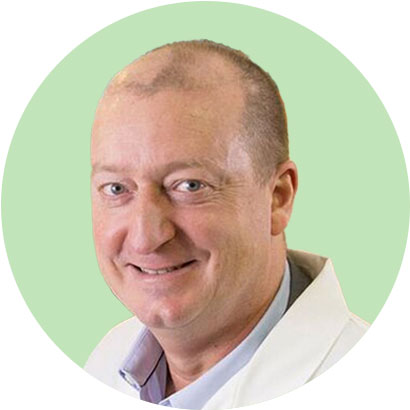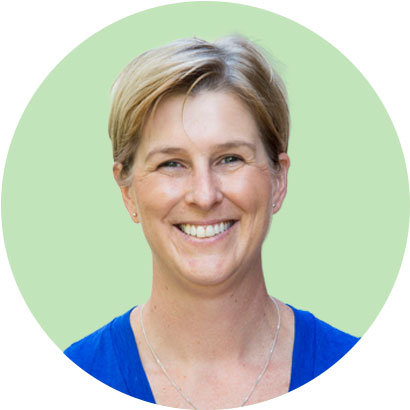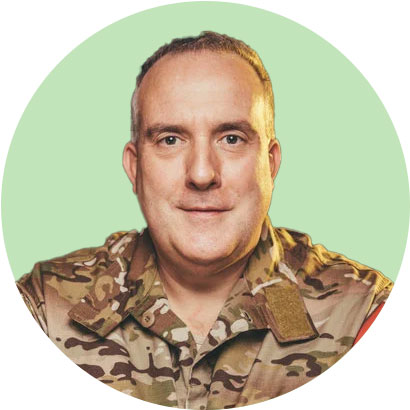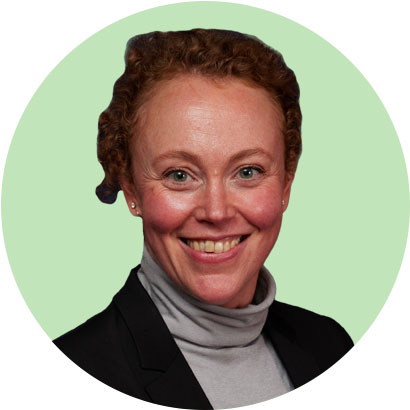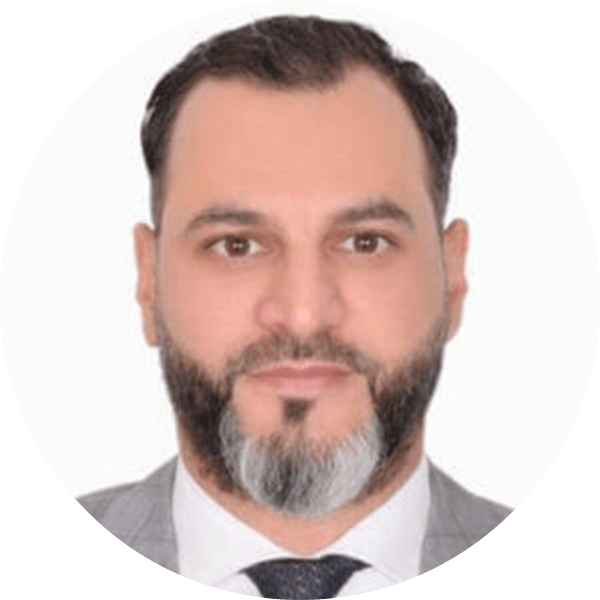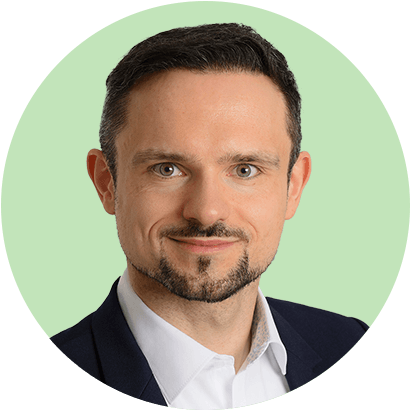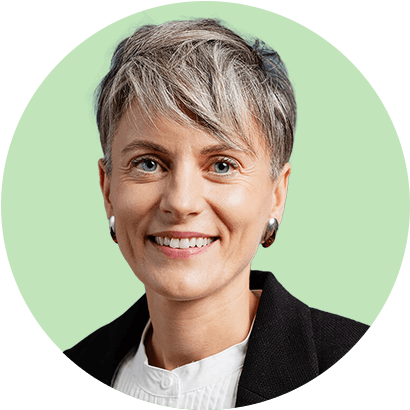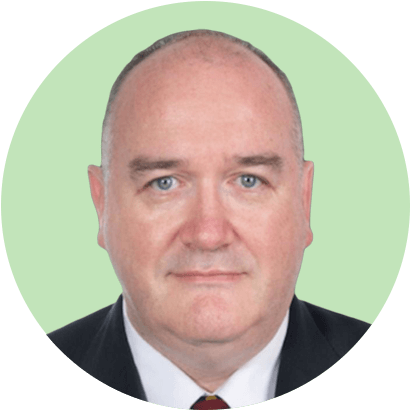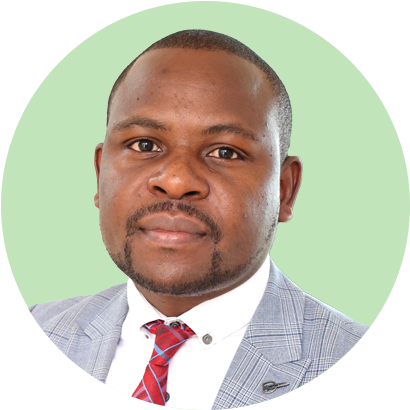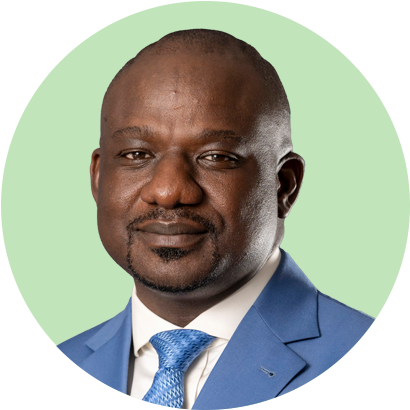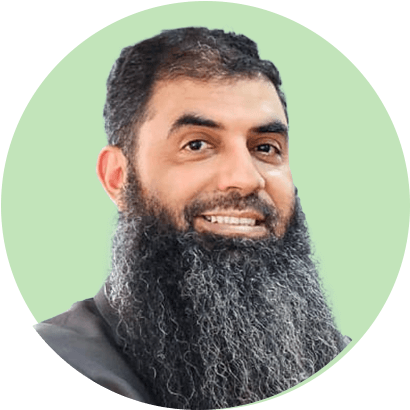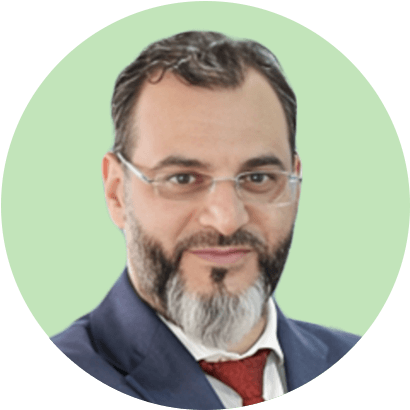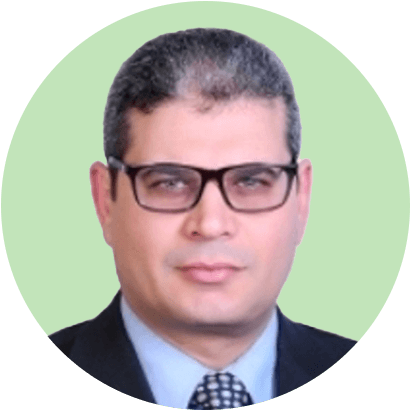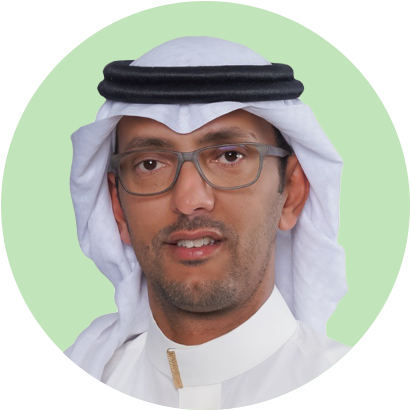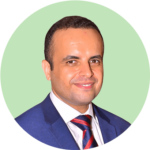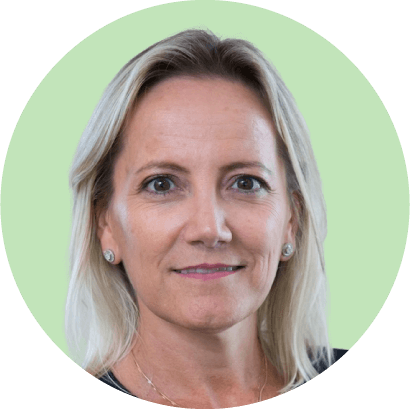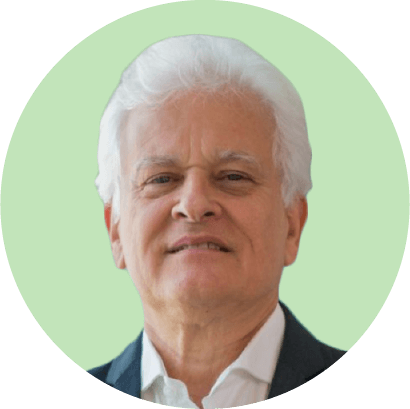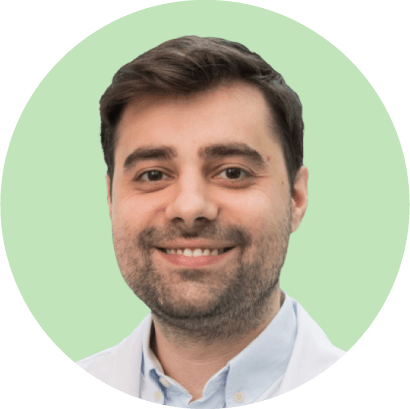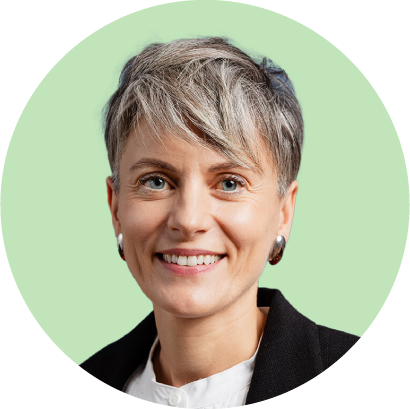The Estonian Health Insurance Fund (EHIF) took a big leap towards value-based healthcare as they started a national stroke patient pathway pilot involving 4 out of 6 hospitals in Estonia providing acute stroke care. As from 1st July 2020, the hospitals started collecting PROMs from the patients; with a spectacular response rate of 95% at 90 days. How have patients been engaged to get results? What has been successful and what are the lessons learned? We asked EHIF’s Project Manager Rõõt Palmiste and Chief Specialist Mariliis Põld.
Our first blog post Better quality of life for stroke patients discusses how this unique national pilot, putting the patient at the center and trying out various incentives to make the pathway better, got started. Further, the project was presented at the ICHOM conference 2020. In this second blog post, we discuss starting collecting PROMs and engaging the patients.
How did the hospitals get started with PROM collection? How has EHIF supported them?
As from 1st July 2020, the hospitals started collecting PROMs from the patients and started testing the new payment model simultaneously. We at EHIF are co-operating closely with the hospitals throughout the project. When starting with the PROM collection, we had daily contact, including one-on-one meetings. Already at an early stage, we discovered that the hospitals had very similar questions, so we used a joint chat for communications, so that Q&A were shared with all hospitals. We also published a guideline on the website discussing main principles and showcasing examples displaying scenarios hospitals might face. The dialogue with the hospitals has been open and straightforward and they are not shy to come forward to us with problems they are facing in the process.
How were patients informed and involved?
We have chosen the ICHOM stroke standard set as our framework and PROMs are collected at 90 days and at one year. The intention is to collect PROMs as widely as possible digitally but if the patient is not able or does not have access to a smartphone or a computer, the hospitals can reach out to patient in a manner they choose, for example during visits or by phone call.
The patients are informed about PROM collection by special stroke nurses before they are discharged from the hospital. They will get a leaflet with them home including information on PROM collection (the leaflet is also available electronically at the website). The nurse asks for a preferred way to contact the patient; e-mail or SMS is promoted but also phone call is an option. The patient is, further, allowed to give contact details for a closed one if he does not have access to a smartphone or computer himself.
After contacting the patient at 90 days and one year, they have 14 days to answer and the hospitals have then additional 14 days to contact the patient (if he has not responded), and enter their results into the IT solution (if the patient has not responded digitally himself). We have agreed upon, that every patient is tried to be reached out to three times by the hospitals by either sending out reminders digitally or contacting the patient by phone.
How have patients been responding? What kind of feedback have they given?
Patients have now been contacted at 90 days and experiences are very positive. Even though not all patients remember that they have been told about the PROM collection at the hospital they are usually very pleased that the hospitals reach out to them and ask them about their wellbeing. Only very few patients have declined. The nurses have described the phone calls as lovely, warm situations. We are very proud to share that the response percentage at 90 days has been 95% so far.
The patient group we are dealing with in ischemic stroke is mostly elderly and often not digitally that capable. We have, therefore, as it varies by the hospital, been able to get only up to 25% of the responses digitally. Hence, there is plenty of non-scalable phone call work left to do for the hospitals. We are thankful for the stroke nurses and coordinators for taking such an active role and going the extra mile, for example answering patient calls after office hours and making sure all results are recorded properly. We are confident that we will also get high response rates at 1 year. Then, we are striving to get more of the patients to respond digitally.
What has been successful in getting patients involved?
Overall, we are very pleased how the PROM collection has started off so well. There are some key success factors behind the exceptionally high response rate. One important success factor is the active involvement of the hospitals and nurses and them really taking time and energy in explaining the patient why, what and how this is done. Especially, the contribution of the stroke nurses and new stroke coordinators must be emphasized. But, simultaneously, we need to understand that them making an extra effort and answering patient calls during evenings and weekends is no long-term solution.
Another success factor has been giving the patient options on how he prefers to be contacted: some patients prefer to be called and others prefer answering the questions by themselves using a smartphone or a computer. Even, if it is good to consider the patient’s preferences, we have to understand that calling all patients by phone is not possible since it is time consuming. In the digital platform, it has turned out to be beneficial to offer both e-mail and SMS as contacting options. If, for example, the patient wishes to give the contact information of his closed one instead of his own, he often does not know the e-mail address but only phone number of that person.
The open dialogue and straightforward relationship between EHIF and the hospitals could be named as a third success factor. Whenever any issues arouse, they were discussed on the spot. Getting answers fast and sharing information and experiences was made easy by a joint chat for the hospitals and EHIF.
What were the lessons learned?
Lesson 1: Digital platforms are not accessible by all patients which makes data collection scalability hard.
Our goal has been from the start to get PROMs collected digitally from the patients as widely as possible. We have noticed that the condition and patient group play a role in IT capabilities. Since stroke patients are often elderly and their condition might affect strongly their ability to function digital capabilities are not as high as hoped from the perspective of the data collector. Making phone calls and entering the data into the IT solution has required a lot of work from the hospitals. In the future, if PROMs are to be measured holistically, scalability has to be resolved since it does not only affect data collection but displaying and benchmarking, too. On the other hand, from a clinician’s perspective 25 % is a surprisingly good amount of digitally collected responses in this patient group.
Tip for others Get the insight on the patient group the PROMs are collected from. If patients are likely to prefer a phone call, come up with solutions to support the digital collection of data. One thing that helped us out to get more data collected through the digital platform was that patients were allowed to give contact details to a closed one owning a smartphone or a computer. Another helpful element was that we did have both e-mail and SMS as options to be contacted digitally. In this regard we want to highlight that it is vital to communicate that even if others are helping the patient to enter the PROMs digitally, the answers still should be given by the patient.
Lesson 2: Time, time, time – you easily underestimate how long every step and preparation takes.
As discussed in our first blog on how to get started with this kind of project, also, at this stage, you easily underestimate how much time you need for each step and the extra time needed when something does not work according to plan. For example, one setback was when we started collecting PROMs in July that the IT solution was not completely ready. So, we needed to find fast a substitute solution to get started in time.
Tip for others Everything takes much more time than expected: preparation work, adjustments, understanding the standard set, getting licenses and preparing IT solutions. So, be sure to plan enough time for each step. Be also prepared for some setbacks so that you can react fast and find alternative solutions.
Lesson 3: Discussion on ethics and privacy can get heated.
Ethic and privacy got us into some heated discussion regarding various issues, such as if we were allowed to contact patients after discharge at all. Since this is a groundbreaking pilot project and nothing similar has been done in Estonia before we had to clear many issues, for example if it is legal to take contact with the patients after such a long time and collect their contact information for PROM purposes. Further, we had to get also acceptance on how we were allowed to use the collected patient data and how to share it between EHIF, the hospitals and other parties such as IT suppliers. We had to consult the research ethics committee in Estonia several times on these issues which, naturally, took time but was very fruitful.
Tip for others Be sure to start legal reviews and discussions on ethics and privacy at an early stage, especially if collecting PROMs is something new in your country. Make sure that all planned processes and actions comply with local laws, regulations and ethical guidelines. For ethical verifications, consulting appropriate authorities is recommended.
Want to hear how this story continues?
In our next blog post on this ICHOM & Nordic Healthcare Group blog, we will discuss first PROM results of the pilot and benchmarking of the results. We will also hear how the hospitals’ developments projects are proceeding and how the bundled payment model has been working. Follow up on the blog.
Written by Milja Saarimaa, Communications and Marketing Manager at Nordic Healthcare Group (NHG) based on the interview of EHIF’s Project Manager Rõõt Palmiste and Chief Specialist Mariliis Põld. NHG is ICHOM’s certified implementation partner in the Nordic region and proud to assist EHIF in the project.
Estonian Health Insurance Fund is a single payor in Estonian health care system covering the costs of health services required by the person in case of illness. Our mission is to cover the costs of 1,2 million people for their health services, to help prevent and cure disease, finance the purchasing of medicinal products and medicinal technical aids, and provide the benefits for temporary incapacity for work and other benefits.
Nordic Healthcare Group (NHG) is a Finnish based company founded in 2004, expanding in the Nordics and internationally. NHG is specialising in supporting quality services for social and healthcare. Our clients include hospital districts, municipalities, private service providers, pharmaceutical companies, private equity investors and healthcare technology companies. We employ more than 140 experienced professionals. In 2019, NHG became ICHOM’s (International Consortium for Health Outcomes Measurement) certified implementation partner in the Nordic region.

